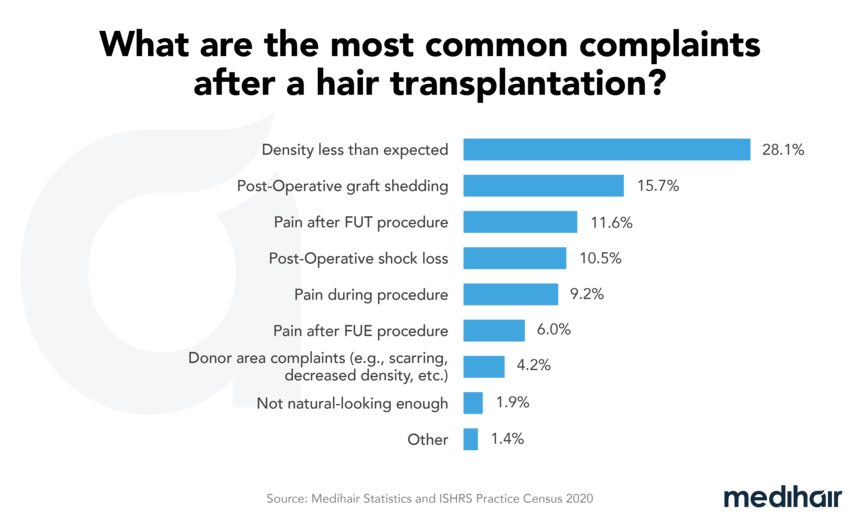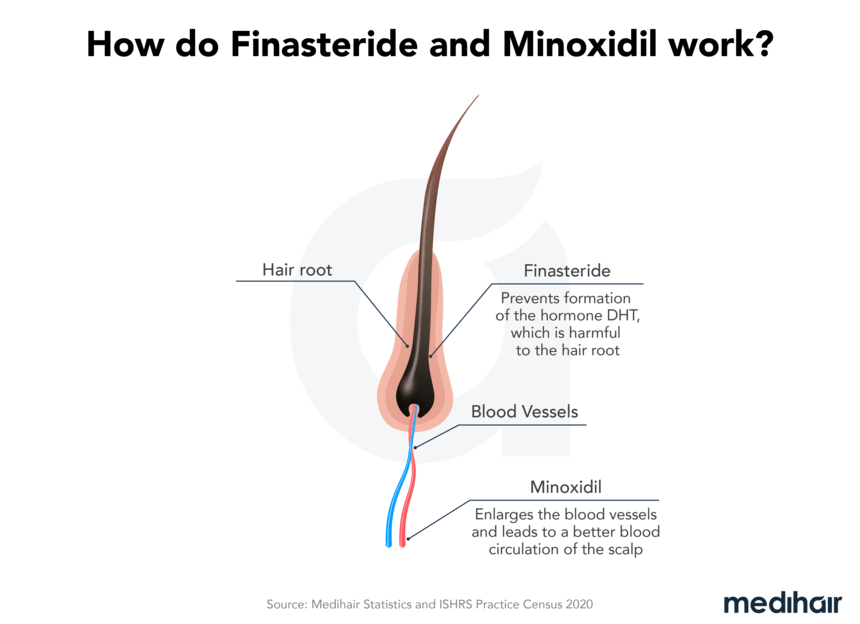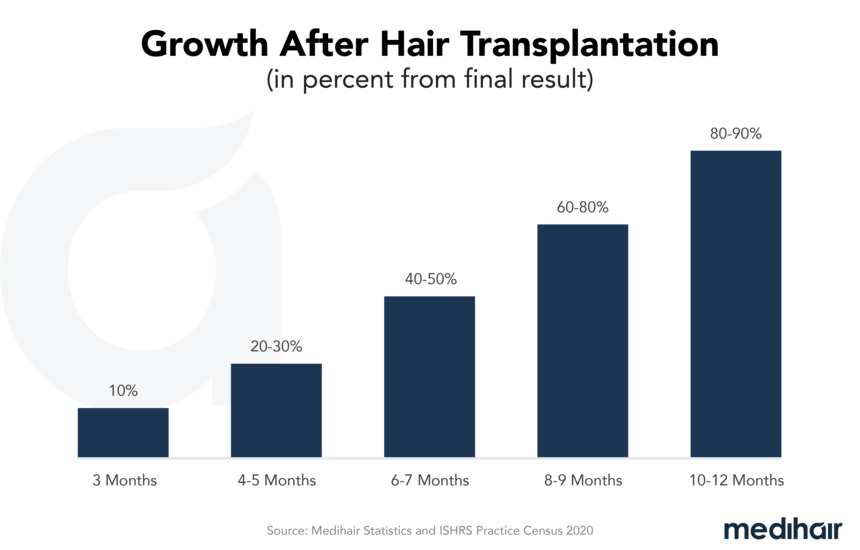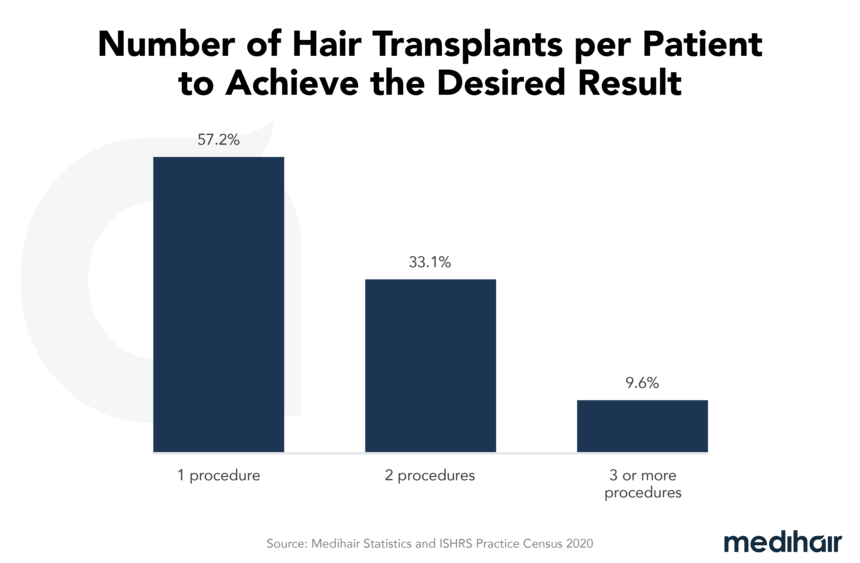Post-Op Hair Transplant Guide

Hair transplant surgery may be the best solution for some people suffering from hair loss. From choosing a clinic and a doctor to the surgery itself and postoperative care, all the stages may be stressful. Still, it could be easier to handle it with enough information and knowledge.
This article outlines the most common tips and advice for post-op care and side effects and the list of ‘don’t’ after the hair transplant surgery. This is a general guide; your doctor should provide you with detailed post-op care instructions for your particular case.
In a Nutshell
| Possible Side Effects | Swelling, scabs, etc. |
| Aftercare | Minoxidil, finasteride, vitamins etc. |
| Growth Timeline | One to twelve months |
| Things to avoid (FAQs) | Explanation |
|---|---|
| Can I have alcohol after hair transplant? | Alcohol thins the blood and influences the ability of our blood to clot. The scalp has many blood vessels, so even a tiny wound can cause a lot of bleeding. It may be a problem on the day of surgery. So, it is often advised not to consume alcohol. Alcohol also affects the anesthesia, so it is better not to have it before the surgery. You will probably be asked not to consume alcohol after the procedure, as alcohol may interfere with the antibiotics needed to prevent an infection. Thirdly, alcohol significantly influences sleeping patterns and nutrition processes, two important factors for good and fast recovery. |
| When can I smoke after a hair transplant? | Smoking and its effects on the human body have been well studied. Smoking influences the healing process and blood flow to the newly transplanted grafts when talking about hair transplants. Proper blood flow helps wounds heal faster. On the other hand, smoking decreases the blood oxygen carrying ability and constricts the blood vessels, causing the wounds to be slower to heal. This way, crusts stay longer and prevent grafts from receiving more oxygen, which subsequently may lead to failure (grafts not growing correctly). Even though there have not been many studies on how smoking influences newly transplanted grafts, it is generally recommended to restrain from smoking before and after the surgery for a period ranging from 1 week to 1 month. |
| When can I have sex after a hair transplant? | t is not recommended to do sports as various intensive sports activities make people sweat and increase blood pressure. Sweating is not desirable for up to around a month while the recipient area is still fresh after the surgery. If increased bleeding is noticed while performing light sports activities like yoga or walking, the intensity of the activity should be decreased. |
| How long to avoid the sun after a hair transplant | Sun exposure is one more point to take into consideration. It is advised to avoid it for a couple of reasons. First of all, being in the sun increases sweating, which is not desirable as sweat increases bacteria build-up, which may cause infection. Secondly, being in the sun may cause sensitive skin to get sunburnt. The skin needs time to regenerate after thousands of tiny incisions made during the operation. Thus, exposing it to the sun is not the best idea. Thirdly, the sun may interfere with the healing process, affecting deeper layers of skin that have not completely regenerated yet. |
| When can I go into a sauna after a hair transplant? | Saunas and hot baths, like sun exposure, cause increased sweating. Sweating may cause problems when having numerous incisions on the scalp. It is best to avoid attending a sauna for up to a month. |
| When can I go swimming after a hair transplant? | Swimming is not recommended for the first month after the surgery, as the water in pools usually contains chloride or other chemicals for disinfection. Chloride, for example, can damage or even kill grafts if it gets to the newly transplanted area. Even if exercising caution, you can never know when a random splash may wash over your scalp, so it is better to avoid swimming pools for some time after the transplant procedure. |
- Free
- Fast
- Non-binding
Frequently Asked Questions
How long is the recovery after a hair transplant?
What should I not do after a hair transplant?
Should I use Minoxidil after a hair transplant?
When will I be able to go to work after an HT surgery?
Sources




